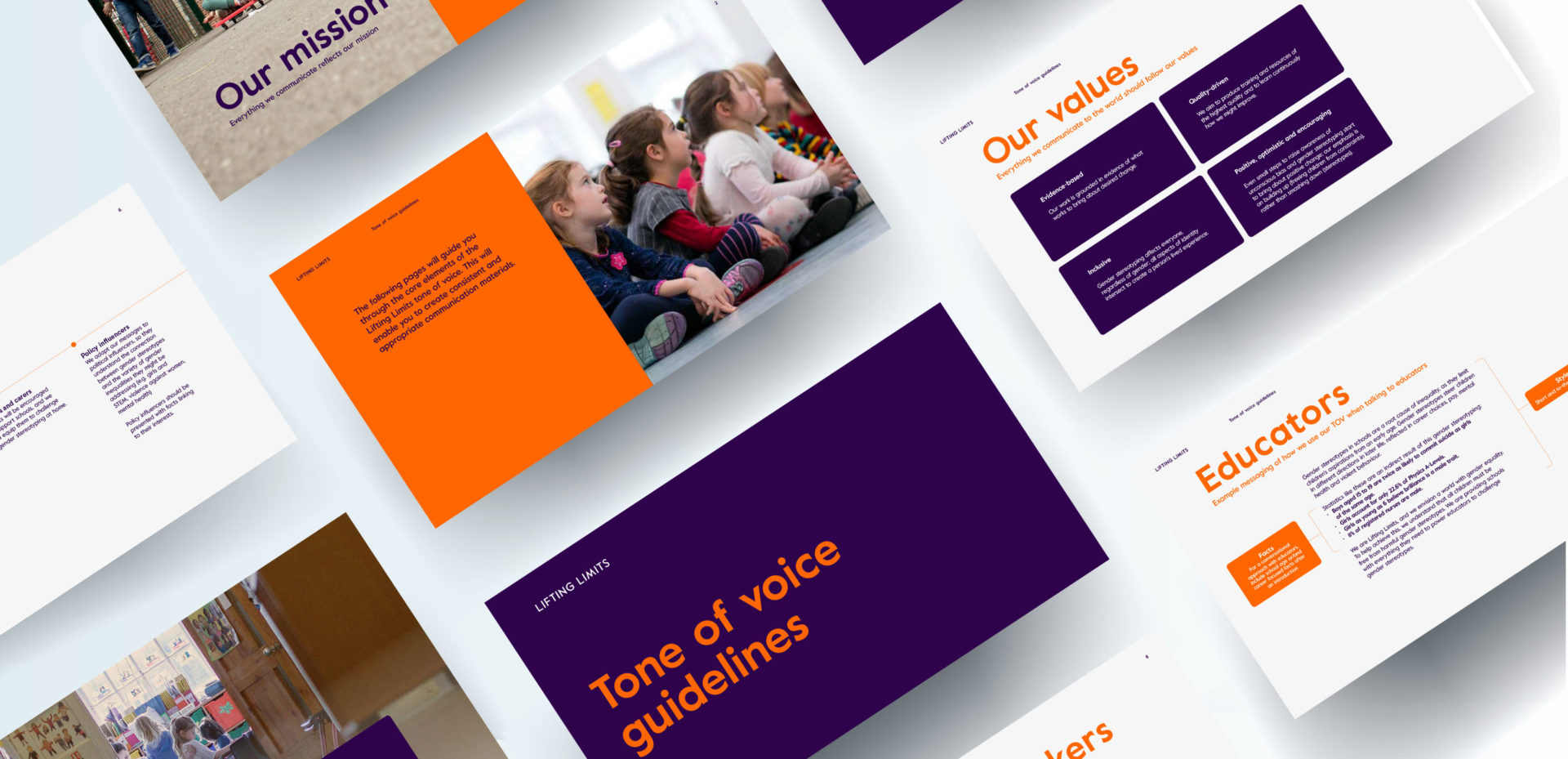
5 things to consider when building a member portal
by Nadia Lupton

Whether you’re a product, a brand or an organisation, articulating to your customers and stakeholders what you’re all about can sometimes be difficult. Making your comms compelling, easy to understand and appropriate for different audiences is not easy; and although your visual strategy performs a large part of this, your messaging is what provides the purpose and detail.
We recently worked with Lifting Limits — a charitable organisation who challenge gender stereotyping and promote gender equality through education. Having connected with their Founder, Caren, through Media Trust we took a ‘why, how, what’ approach to help her find a way to tell Lifting Limit’s story.

Lifting Limits’ aim is to free all children from the limiting effects of gender stereotyping. It’s inspiring — which makes it a great purpose and place for us to begin.
You may know your purpose by another name — perhaps your vision or goal. It may only be internal facing for now, but start by agreeing 1–2 sentences that you believe articulates this, and don’t worry if it seems broad or indirect — it’s not the detail of ‘how’ or ‘what’ yet.

Establishing a tone of voice is a task within itself but sometimes it isn’t something you have the time or resources to fully explore. With Lifting Limits we were able to help ‘shortcut’ this for their current needs with a workshop.
The below questions are a useful place to start:

Lifting Limits needed a more succinct way of communicating the importance of their work and the effects gender stereotyping has on children and in later life. We summarised the challenges as follows:
These combined made it difficult to:
Once you’ve identified your barriers, it’s much easier to reframe your comms to work with rather than against them.
For Caren we agreed the following: We talk about Lifting Limits as a movement, rather than a solution.
Although the why, how and what will remain similar across most of your comms, we wanted to help with some tailoring for when Caren was talking to different people and in different ways — whether this was a verbal pitch to potential funders, or a written intro about their programme to a lead educator. Some key questions to consider after identifying your audience groups are:
From there, we devised a hierarchy structure for each regarding what to say first for impact, what should follow, and how much further info should be included.